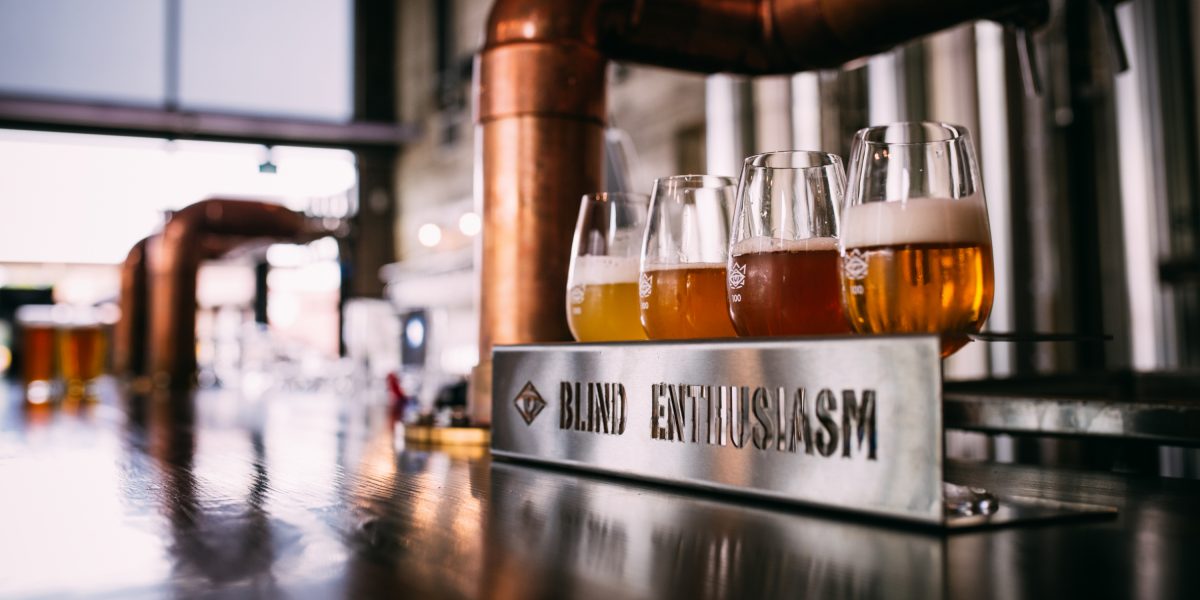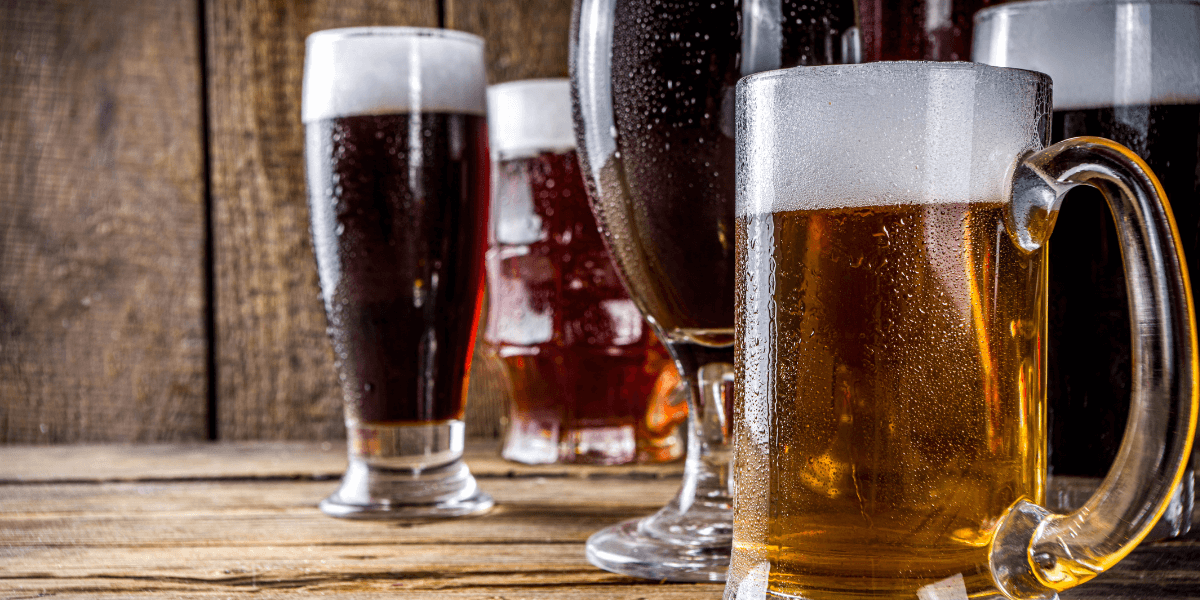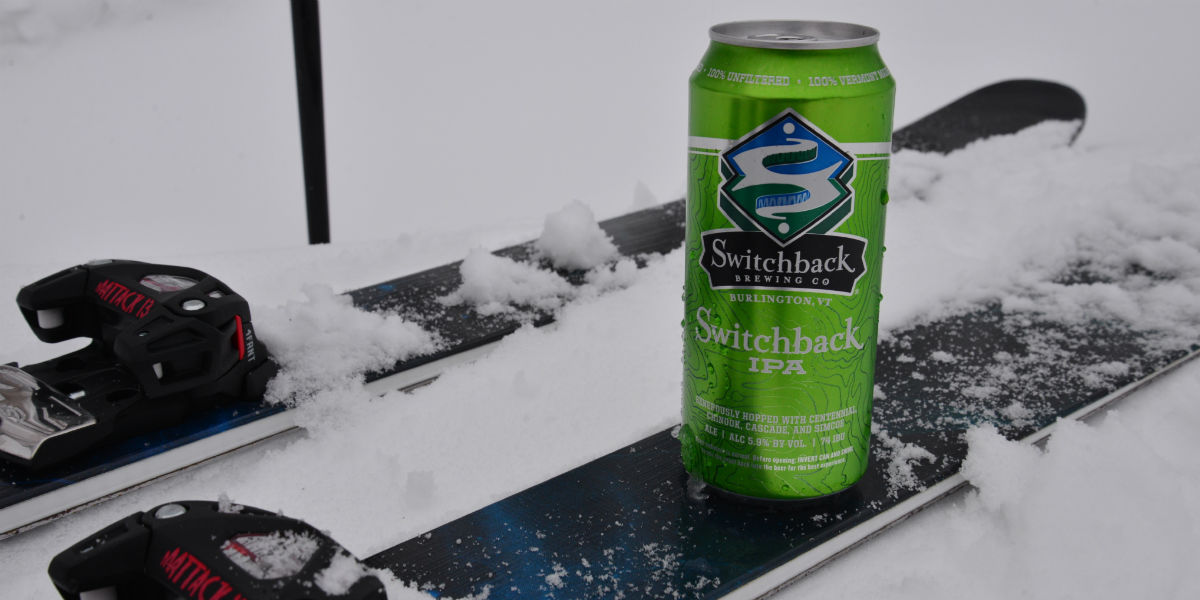
Brewing beer that mimics the flavors and style of a popular commercial product is a rewarding challenge. One beer that has garnered considerable attention is the Trillium DDH Melcher Street IPA. Known for its bold and juicy hop character, smooth mouthfeel, and hazy appearance, this beer has become a fan favorite. Brewing a clone of this beer at home is a thrilling project, and with the right ingredients and technique, you can create a beer that rivals the original. In this article, I’ll walk you through the process of brewing your very own Trillium DDH Melcher Street clone.
Understanding the Trillium DDH Melcher Street IPA
Before jumping into the recipe and brewing steps, it’s important to understand what makes the Trillium DDH Melcher Street IPA so special. This beer is a New England-style IPA that features a double dry-hopping process, which is key to its unique aroma and flavor. It has a characteristic hazy appearance, resulting from the use of flaked oats and wheat, which contribute to a smooth, creamy mouthfeel. The combination of hops like Citra and Mosaic results in a vibrant burst of citrus, tropical fruit, and pine notes that make this beer stand out from the crowd.
The double dry-hopping technique is a vital aspect of this beer’s success. By adding hops during both the primary fermentation and the conditioning phase, the brewer maximizes hop aroma without increasing the bitterness. This allows the hops to shine through in the finished product, providing a juicy and aromatic beer that doesn’t overwhelm with bitterness. To replicate this beer at home, you’ll need to pay close attention to the choice of ingredients and the brewing process.
Selecting the Right Ingredients
The first step to brewing a Trillium DDH Melcher Street clone is gathering the right ingredients. While this recipe is centered around achieving the same hop profile and mouthfeel as the original, the malt bill, hops, and yeast all play a crucial role in getting that perfect clone. Below is a breakdown of the ingredients you’ll need.
Malt Bill
The malt bill for this beer is relatively simple, as the focus is on the hops. The key to a New England IPA is a smooth body with a slight sweetness, which is achieved through the use of a few carefully selected malts.
- Pale Ale Malt: This will be the base of your grain bill. Pale ale malt provides a solid foundation and will allow the hops to take center stage. It adds fermentable sugars and a mild malt flavor that complements the hops.
- Flaked Oats: These are essential for achieving the hazy appearance and a smooth, creamy mouthfeel. Flaked oats add body and help to create that silky texture that is characteristic of New England IPAs.
- Wheat Malt: A small amount of wheat malt contributes to the haze and adds a slight sweetness to the beer. It also helps with head retention, ensuring a nice, foamy top.
Hops
The hops are what will truly define your Trillium DDH Melcher Street clone. This beer uses a combination of tropical and citrusy hops, which are added in two separate dry-hopping stages to maximize aroma.
- Citra Hops: Known for its bold citrus and tropical fruit flavors, Citra hops will provide the punchy notes of grapefruit, lime, and passionfruit that are prominent in this IPA.
- Mosaic Hops: Mosaic hops add complexity with their mix of tropical fruit, pine, and earthy notes. They pair well with Citra hops and enhance the overall hop character, contributing to the juicy aroma of the beer.
- Simcoe Hops: While not part of the original recipe, I recommend adding Simcoe hops to introduce a bit more pine and earthy flavors. This hop will also boost the overall aroma, giving the beer more depth.
Yeast
For the yeast, you’ll want a clean and neutral American ale yeast that allows the hops to take center stage. I recommend Wyeast 1056 or Safale US-05, both of which are reliable strains that produce clean fermentation and allow the hop flavors to shine through without adding any off-flavors.
Brewing Your Trillium DDH Melcher Street Clone
With your ingredients selected, it’s time to start the brewing process. This is where things get exciting! Follow these steps carefully to ensure that your clone comes out as close to the original as possible.
Step 1: Mash
Start by heating your water to around 150-152°F (65-67°C). This is the ideal temperature range for extracting fermentable sugars while retaining a smooth body. Add your base malt, flaked oats, and wheat malt to the mash tun. Allow the grains to mash for 60 minutes, ensuring that the enzymes break down the starches into fermentable sugars. This is the foundation for the beer’s body and mouthfeel, so don’t rush this step.
Throughout the mash, it’s important to maintain a consistent temperature. If you want to enhance the mouthfeel and haze, you can even do a short protein rest at lower temperatures (around 130°F) for 15-20 minutes.
Step 2: Boil
After the mash is complete, sparge the grains and bring the wort to a boil. The hop additions during the boil should be minimal to avoid too much bitterness, as the goal is to achieve a juicy, aromatic beer rather than a bitter one. Add a small amount of Mosaic hops early in the boil to provide a touch of bitterness. You can also add a bit of Citra hops for extra flavor but keep this addition to a minimum.
The boil should last for around 60 minutes. Monitor your boil to ensure that it’s steady and that the wort doesn’t evaporate too much. Once the boil is done, chill the wort as quickly as possible to bring it down to fermentation temperature.
Step 3: Fermentation
Transfer your cooled wort to the fermenter and pitch the yeast. Ferment the beer at around 65°F (18°C) for about 10 days. Keep the fermentation temperature steady and monitor the fermentation process to ensure that no off-flavors develop. During fermentation, the yeast will create alcohol and CO2, but it’s the dry-hopping that will bring the flavor profile to life.
Step 4: Double Dry-Hopping
Here’s the secret to the Trillium DDH Melcher Street clone: double dry-hopping. This process maximizes the hop aroma and ensures that the beer has that explosive hop character.
After primary fermentation slows down, around day 5, add the first dry-hop charge of Citra and Mosaic hops. Let the beer sit with the hops for around 3-4 days, allowing the hop oils to infuse the beer with flavor and aroma. Then, after 3-4 more days, add a second dry-hop charge to intensify the hop profile.
Step 5: Packaging
Once the second dry-hop phase is complete, let the beer rest for a few days to allow the hops to settle out. This will help clear up the beer, though it may still be slightly hazy due to the hop particles. Finally, carbonate your beer, package it, and let it sit for a week to ensure that it reaches its full flavor potential before enjoying.
Conclusion
Brewing your own Trillium DDH Melcher Street clone is a rewarding process that requires patience and attention to detail. By carefully selecting your ingredients, focusing on the right fermentation temperature, and utilizing the double dry-hopping technique, you can create a beer that rivals the original. There’s nothing quite like sipping on a hazy, hop-packed IPA that you brewed yourself, and with this recipe, you’ll be able to enjoy the incredible flavors of the Trillium DDH Melcher Street IPA right at home.




